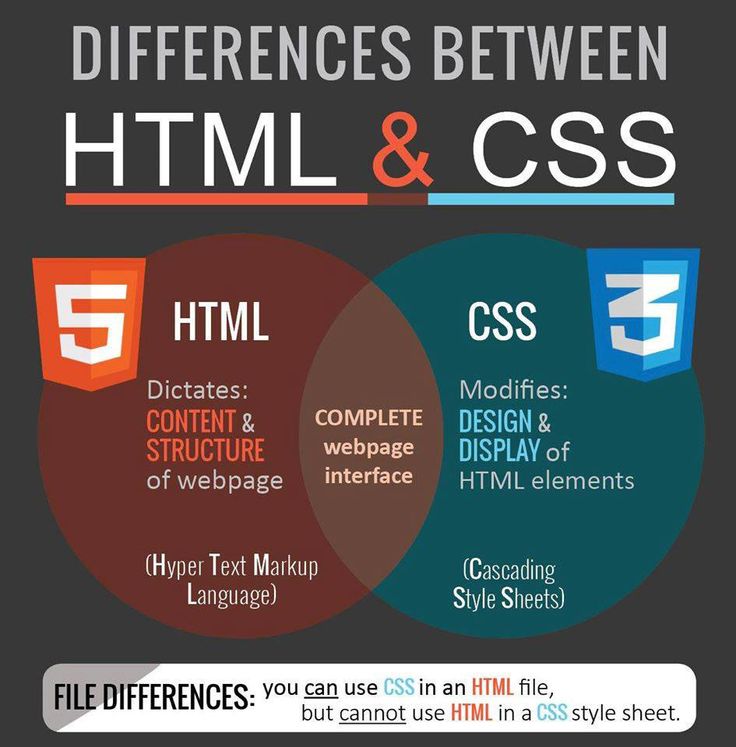Vertical Centering in CSS
Yuhu’s Definitive Solution with Unknown Height
Though there is a CSS property vertical-align, it doesn’t work like attribute valign in HTML tables. CSS property vertical-align doesn’t seem to be able to solely solve this problem:
Definition of the problem
- there is an area (e.g. <div>) with known height in the page
- an internal object (typically long text in <div>) is inside the area and I don’t know its height (e.g. because its content is dynamically generated from a database)
- I want to center the object vertically within the area
- without using HTML tables.
No general solution was known until September 2004. I have found it going home on Wilson street.
Display an example of the vertical centering in your browser.
Update 2015 — flex
As new browsers support display: flex, it is much easier to vertical
center an item with CSS than before.
<style>
height: 400px;
display: flex;
/* flex-direction: column;*/
align-items: center;
/* justify-content: center;*/
}
#content {}
</style>
<div>
<div>
any text<br>
any height<br>
any content, for example generated
from DB<br>
everything is vertically centered
</div>
</div>
See this example in browser.
Uncommenting justify-content: center or flex-direction: column you can get other types of centering (horizontal, both). For instance justify-content: center with align-items: center leads to centered content both vertically and horizontally.
The most important rule is display: flex.
This relatively new value switches the display of the
containter to a special mode, enabling its
direct descendant to use and align in all the space of the containter
(using special properties like align-items and
others).
Support of display: flex is very good in modern browsers. Last not-supporting browsers are Internet Explorer 9 and 10 (version 10 has a special syntax of flex). If it is important for you to optimize for those and older browsers, you should read the rest of this page.
Original content from 2004 with updates:
The idea
The keystone of the solution for Internet Explorer 6, 7 or quirk mode is this: the internal object is absolutely positioned in half of the area
height. Then is moved up by half of its height. The wrong
interpretation of the height property in older Internet Explorer is used as
a feature here (counted height is taken as a base of percentage height of
nested tags). One extra nested tag <div> is needed for those Explorers.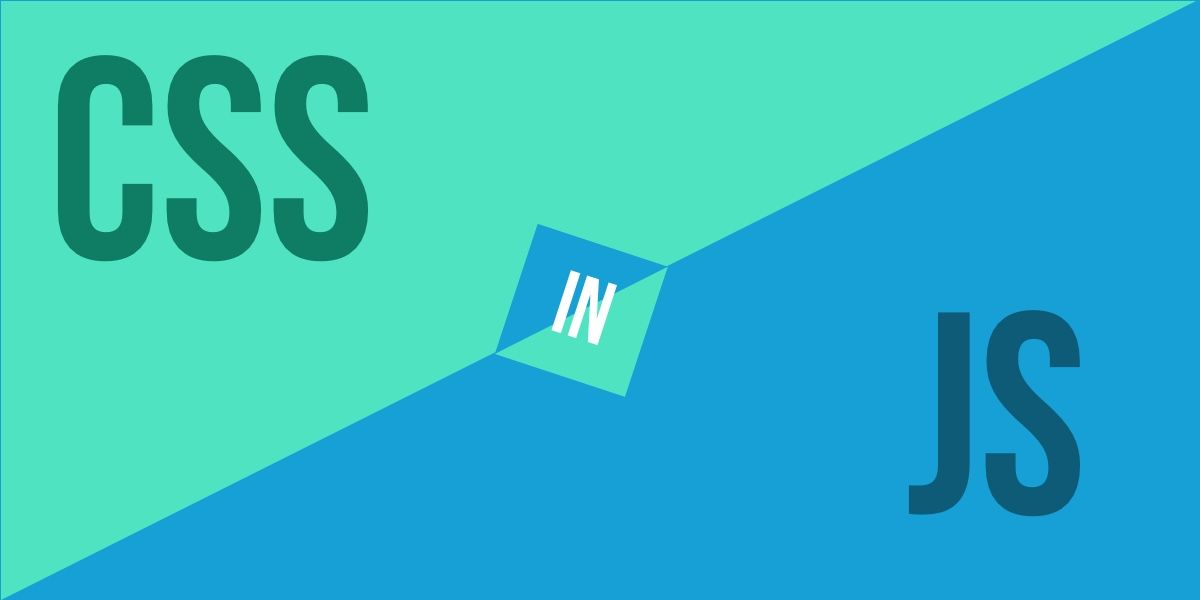
Solution for standard browsers like Mozilla, Opera, Safari etc. (including IE 8, 9, 10 and younger) is completely different. Entire area (top <div>) is set to be displayed as a table (display: table; part of CSS2). The internal object is set as table-cell (display: table-cell). Now — there is the key idea — it is possible to use vertical-align property for such table-displayed element in standard browsers. (Internet Exlorer 6, 7 and quirk mode ignores those properties or doesn’t know their values.)
Then both syntax are merged. I use the Pixy’s
underscore hack, but with sign #. A CSS property written with the char #
on the start (i.e. #position) is visible for IE 7 and older. Such written
property is invisible for any other standard browser (e.g. Explorer 6 or 7
interprets #position: absolute; unlike other browsers). This so
called «underscore hack» seems to be valid, but if you don’t want to use it,
you may use the more structured code below in my
second example (unfortunately, not working for IE 7).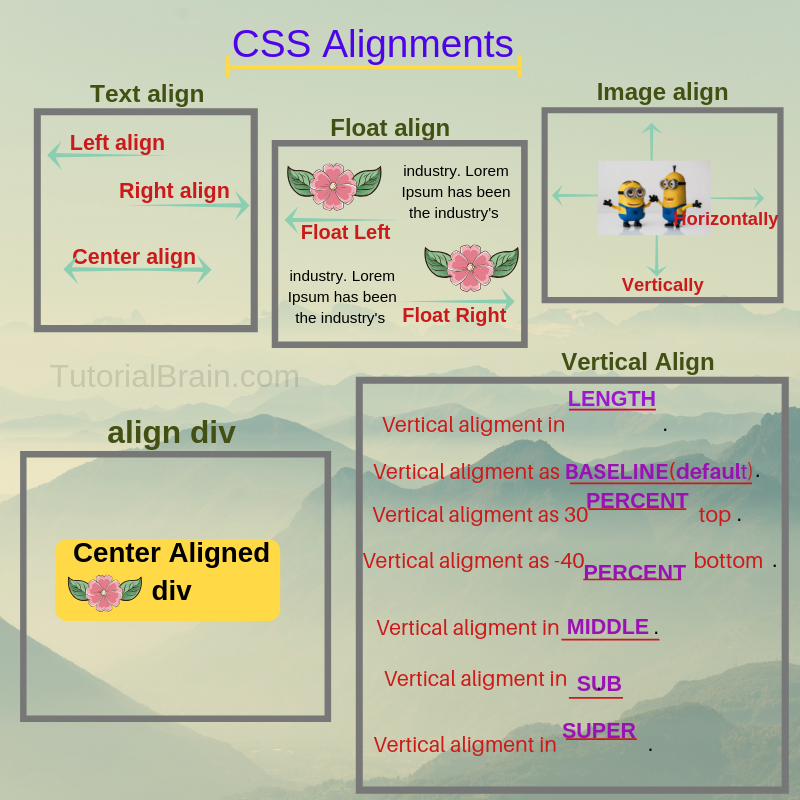 Other types of
browsers and Internet Explorer 8 and younger don’t need to be hacked, as
they support display: table-cell properly.
Other types of
browsers and Internet Explorer 8 and younger don’t need to be hacked, as
they support display: table-cell properly.
Compatibility
The code below works in Internet Explorer 5.0, 5.5, 6.0, 7, 8, 9 and 10 beta, in Gecko browsers (Mozilla, Firefox, Netscape 7), in Opera 7, 8 and up, every Chrome, Konqueror 3.3.1. (maybe lower too), and in Safari (Win, iOS). The page can be HTML, HTML5 or XHTML, standard or quirk mode.
The valid example doesn’t work in IE 7 standard mode (update 2012: about 3 % of clients). If you find any easy workaround for IE 7, please let me know.
Understandable code:
<!DOCTYPE HTML>
<html>
<head>
<title>Universal vertical center with CSS</title>
<style>
.greenBorder {border: 1px solid green;} /* just borders
to see it */
</style>
</head>
<body>
<div>
<div>
<div>
any text<br>
any height<br>
any content, for example
generated from DB<br>
everything is vertically centered
</div>
</div>
</div>
</body>
</html>
See this example in
browser
Legend for colors:
CSS styles for every browser
CSS styles for standard browsers
CSS style only for Internet Explorer 6, 7 and quirk (with # hack)
The result looks:
any text
any height
any content, for example generated from DB
See this example in browser
Let’s make it structural and without hacks
(NOTE: this valid solution described below doesn’t work in Internet Explorer
7 (standard mode), because IE7 doesn’t understand table- values in display
property. The centered object is too high. BUT: IE 7 is used by only about 3
% of users (2012) and the number will decrease. If you still do mind IE7
users, please use the non-valid solution above, write in quirk mode, or use
html conditional comments for separating the properties for IE 7 somehow.)
The centered object is too high. BUT: IE 7 is used by only about 3
% of users (2012) and the number will decrease. If you still do mind IE7
users, please use the non-valid solution above, write in quirk mode, or use
html conditional comments for separating the properties for IE 7 somehow.)
The first example above is not nice, but I hope you have understood it. It’s possible to write code differently. For example this way:
<div>
<div>
<div>
any text
any height
any content, for example generated from DB
everything is vertically centered
</div>
</div>
And the structured valid style:
<style type=»text/css»>
#outer {height: 400px; overflow: hidden; position:
relative;}
#outer[id] {display: table; position: static;}
#middle {position: absolute; top: 50%;}
/* for quirk explorer only*/
#middle[id] {display: table-cell; vertical-align:
middle; width: 100%; position: static;}
#inner {position: relative; top: -50%}
/* for quirk explorer only */
/* optional: #inner[id] {position: static;} */
</style>
See the valid
example in browser (it looks the same way as the last one).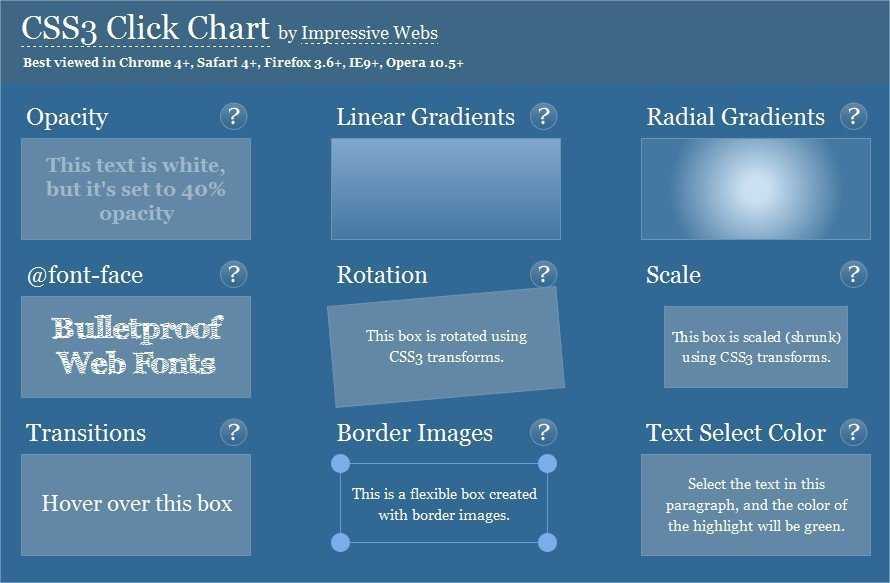
Color legend:
CSS style for Internet Explorer 6 only (or quirk)
CSS styles for standard browsers
CSS2 selector #value[id] is equivalent to selector #value,
but Internet Explorer 6 ignores these types of selectors with [id].
Generally: syntax *[foo] means any element with attribute foo. Any
HTML element #something must have the attribute id by definition set to «something».
That’s the trick — #value[id] works in standard browsers only
(similarly works .value[class])
There’s CSS property position set to absolute or relative for Internet
Explorer. The code position: static get’s it back to default
value in standard browsers (property top doesn’t work then).
Both vertical and horizontal centering
The core code will be the same, you just need to add some extra CSS rules. If is your page in standard mode, add this code:
<style>
#outer {width: 100%;}
#inner {width: 200px; margin-left: auto; margin-right: auto;}
</style>
As you probably see, this is the most common horizontal centering method —
auto left and right margin.
The important thing is to set some proper width to #inner. This tutorial is about vertical centering of an object with unknown height. I assume that you know the width of the object (in most cases you will simply decide how wide it should be). You may use the pixel values, or the percentage width. If the centered object is only an unknown-size image, you don’t need to set width.
If you use quirk mode page rendering (mode depends on !Doctype, as you know), added code should be a bit longer, because quirk mode of Exploder doesn’t understand auto margins, but has one nice bug in text-align interpretation instead. This code should work for both standard and quirk mode:
<style>
#outer {width: 100%;}
#middle {width: 100%; text-align: center;}
#inner {width: 200px; margin-left: auto; margin-right: auto; text-align:
left;}
</style>
Please take note that this is just part of code, which you have to add to
the previous example. If you are lazy to combine codes, please see the
complete example in browser:
vertical
and horizontal centering. You know, I’m lazy too.
If you are lazy to combine codes, please see the
complete example in browser:
vertical
and horizontal centering. You know, I’m lazy too.
How to center vertically on window’s height
The same way, and just add the style:
<style>
body, html {height: 100%;}
#outer {height: 100%; overflow: visible;} /* or without overflow */
...
</style>
It seems that #outer declaration should be sufficient, but it is not. Body and html declaration sets 100% of the window’s height as a base for next percentage. Now it is better not to set overflow: hidden (like in the examples above), because when the content would be taller than window, then it would be impossible to scroll on.
Related
Previous attempt to center vertically:
- Single line vertical centering
Examples:
- Universal vertical center solution
- Vertical centering with structured and valid code
- Vertical and horizontal centering
Read in other language:
Centralizando verticalmente com CSS — Brazilian Portuguese translation of this article by Maurício Samy Silva
Вертикальне центрування в CSS — Ukrainian translation by Agnessa Petrova from A2Goos team
Вертикальное центрирование в CSS — Russian translation by Aleksandr Molochan
Czech version of this article (original, not updated)
All other articles on this website
www. jakpsatweb.cz is in Czech.
jakpsatweb.cz is in Czech.
About
First published Sep 21, 2004, updated Oct 23, 2006 and May 25 2008. Major update Dec 6 2012 including bugfix of code in valid example. June 2015 major update about flex. I’ll update this article with more information if you wish.
Author:
Dušan Janovský
aka Yuhů
[email protected]
www.jakpsatweb.cz
From Prague, Czech Republic, search algorithms specialist in Seznam.cz
search engine. Wi
Tw
Fb
Селекторы CSS
❮ Назад Далее ❯
Селектор CSS выбирает элементы HTML, которые вы хочу стиль.
Селекторы CSS
Селекторы CSS используются для «поиска» (или выбора) элементов HTML, которые вы хочу стиль.
Селекторы CSS можно разделить на пять категорий:
- Простые селекторы (выбор элементов на основе имени, идентификатора, класса)
- Комбинаторные селекторы (выберите элементы на основе определенного отношения между ними)
- Селекторы псевдокласса (выбирают элементы на основе определенного состояния)
- Селекторы псевдоэлементов (выбрать и стиль части элемента)
- Селекторы атрибутов (выбор элементов на основе атрибут или значение атрибута)
На этой странице объясняются самые основные селекторы CSS.
Селектор элементов CSS
Селектор элементов выбирает элементы HTML на основе имени элемента.
Пример
Здесь все элементы
на странице будут с выравниванием по центру, с красным цветом текста:
р
{
текстовое выравнивание: по центру;
цвет: красный;
}
Попробуйте сами »
Селектор id CSS
Селектор id использует атрибут id элемента HTML для выбора определенного элемента.
Идентификатор элемента уникален на странице, поэтому селектор идентификатора привыкший выберите один уникальный элемент!
Чтобы выбрать элемент с определенным идентификатором, напишите символ решетки (#), а затем идентификатор элемента.
Пример
Приведенное ниже правило CSS будет применено к элементу HTML с помощью:
#para1
{
текстовое выравнивание: по центру;
цвет: красный;
}
Попробуйте сами »
Примечание: Имя идентификатора не может начинаться с цифры!
Селектор класса CSS
Селектор класса выбирает элементы HTML с определенным атрибутом класса.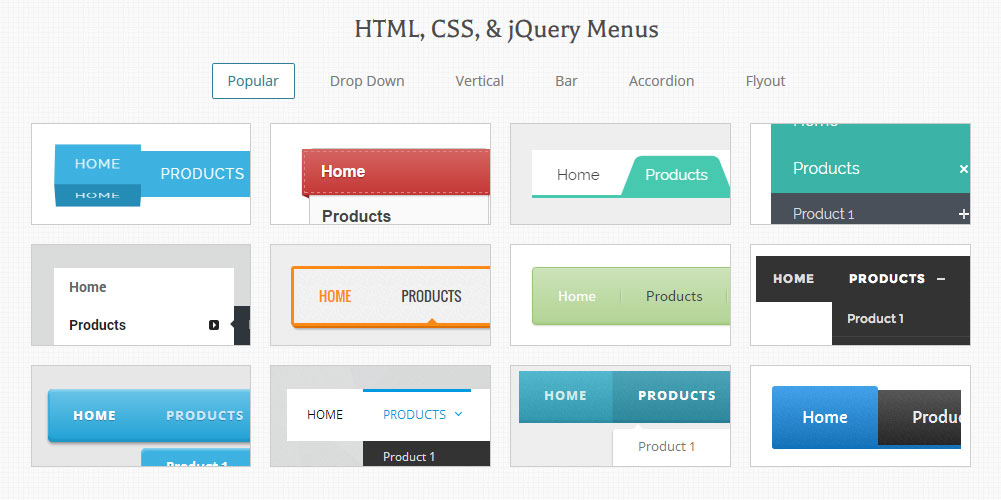
Чтобы выбрать элементы определенного класса, введите символ точки (.), а затем имя класса.
Пример
В этом примере все элементы HTML будут выделены красным цветом и выровнены по центру:
.center {
text-align: center;
цвет: красный;
}
Попробуйте сами »
Вы также можете указать, что класс должен влиять только на определенные элементы HTML.
Пример
В этом примере только элементы
с будут красный цвет и выравнивание по центру:
p.center {
text-align: center;
цвет: красный;
}
Попробуйте сами »
Элементы HTML также может относиться к более чем одному классу.
Пример
В этом примере элемент
будет оформлен в соответствии со стилем и to:
Этот абзац относится к двум классам.
Попробуйте сами »
Примечание: Имя класса не может начинаться с цифры!
Универсальный селектор CSS
Универсальный селектор (*) выбирает все HTML
элементы на странице.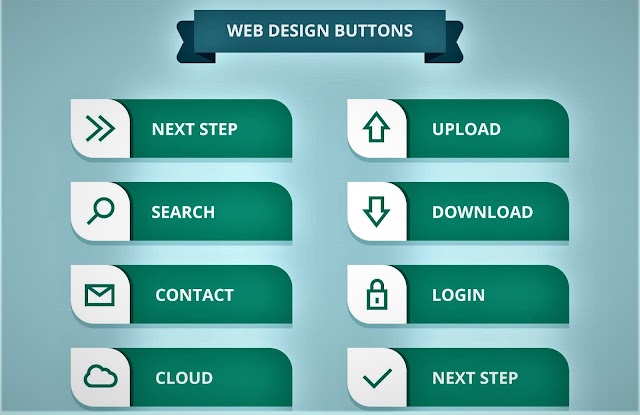
Пример
Приведенное ниже правило CSS повлияет на каждый элемент HTML на странице:
*
{
текстовое выравнивание: по центру;
цвет: синий;
}
Попробуйте сами »
Селектор группировки CSS
Селектор группировки выбирает все элементы HTML с одинаковым стилем определения.
Посмотрите на следующий код CSS (элементы h2, h3 и p имеют одинаковые определения стиля):
h2
{
текстовое выравнивание: по центру;
цвет: красный;
}
h3
{
выравнивание текста: по центру;
цвет: красный;
}
р
{
текстовое выравнивание: по центру;
цвет: красный;
}
Лучше сгруппировать селекторы, чтобы минимизировать код.
Чтобы сгруппировать селекторы, разделите каждый селектор запятой.
Пример
В этом примере мы сгруппировали селекторы из приведенного выше кода:
h2, h3, p
{
выравнивание текста: по центру;
цвет: красный;
}
Попробуйте сами »
Проверьте себя с помощью упражнений
Упражнение:
Установите красный цвет текста всех элементов
.
<стиль>
{
красный;
}
Начать упражнение
Все простые селекторы CSS
| Селектор | Пример | Пример описания |
|---|---|---|
| # ID | #имя | Выбирает элемент с |
| . класс | .intro | Выбирает все элементы с |
| элемент.класс | стр. вступление | Выбирает только элементы с |
| * | * | Выбирает все элементы |
| элемент | р | Выбирает все элементы |
| элемент,элемент,.. | дел, стр | Выбирает все элементы и все элементы |
❮ Предыдущий Далее ❯
Использование символов +, > и ~ в селекторах CSS | by Aniket Kudale
Photo by Max Nelson on Unsplash Селектор CSS может содержать более одного простого селектора. Между простыми селекторами мы можем включить комбинатор.
Между простыми селекторами мы можем включить комбинатор.
Комбинатор — это то, что объясняет отношения между селекторами.
В CSS есть четыре разных комбинатора:
- Селектор потомков (пробел)
- Селектор дочерних элементов (>)
- Селектор соседних братьев и сестер (+)
- Селектор общих братьев и сестер (~)
5 Давайте посмотрим, как это сделать могут использовать разные символы (+, > и ~) в селекторах CSS и их различия.
Давайте начнем с примера HTML.
1. Пробел
Яблоко
Яблоко в день позволяет не ходить к врачу!
Банан
Вишня
Это один из наиболее часто используемых селекторов в CSS.
div.container p {
размер шрифта : 20px;
} Как видно из приведенного выше кода, между div.container и p есть пробел. Он называется селектором Descendant .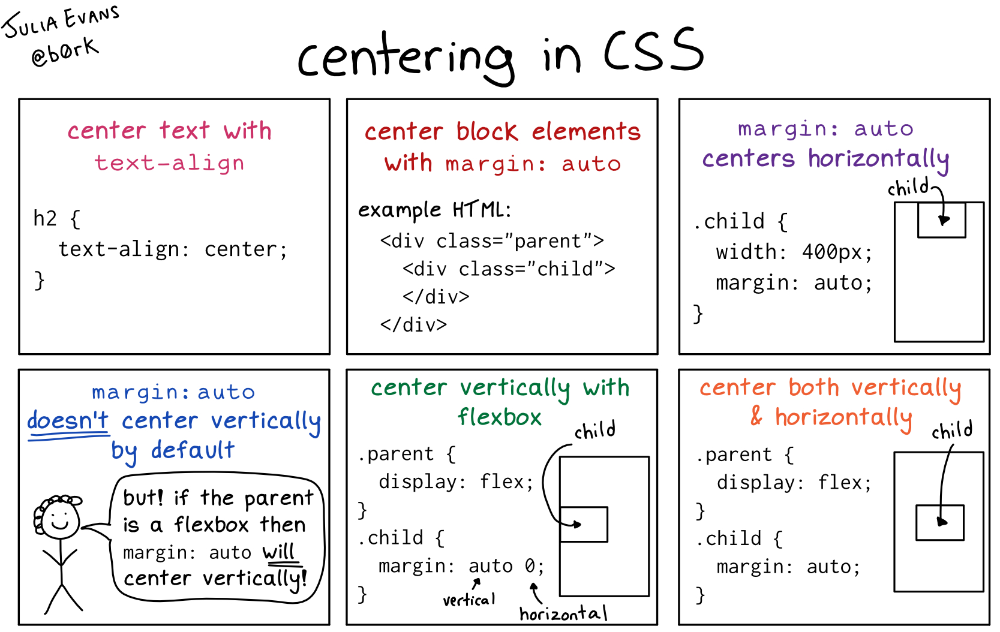 Он будет нацелен на все теги
Он будет нацелен на все теги
внутри контейнера div. То есть все элементы
, которые являются дочерними элементами #container на любой глубине.
2. Символ «>»Это называется дочерним селектором. Правила CSS будут применяться к элементам, которые являются прямыми дочерними элементами конкретного элемента.
div.container > p {
border-bottom : 1px пунктирная черная;
} Он будет нацелен (обозначен зеленой точкой на изображении HTML) на все теги
, которые являются непосредственными дочерними элементами контейнера
Это Селектор смежных братьев и сестер. Выбирает все элементы, которые являются соседними одноуровневыми элементами указанного элемента.
Родственные элементы должны иметь один и тот же родительский элемент, а «смежный» означает «непосредственно следующий» .